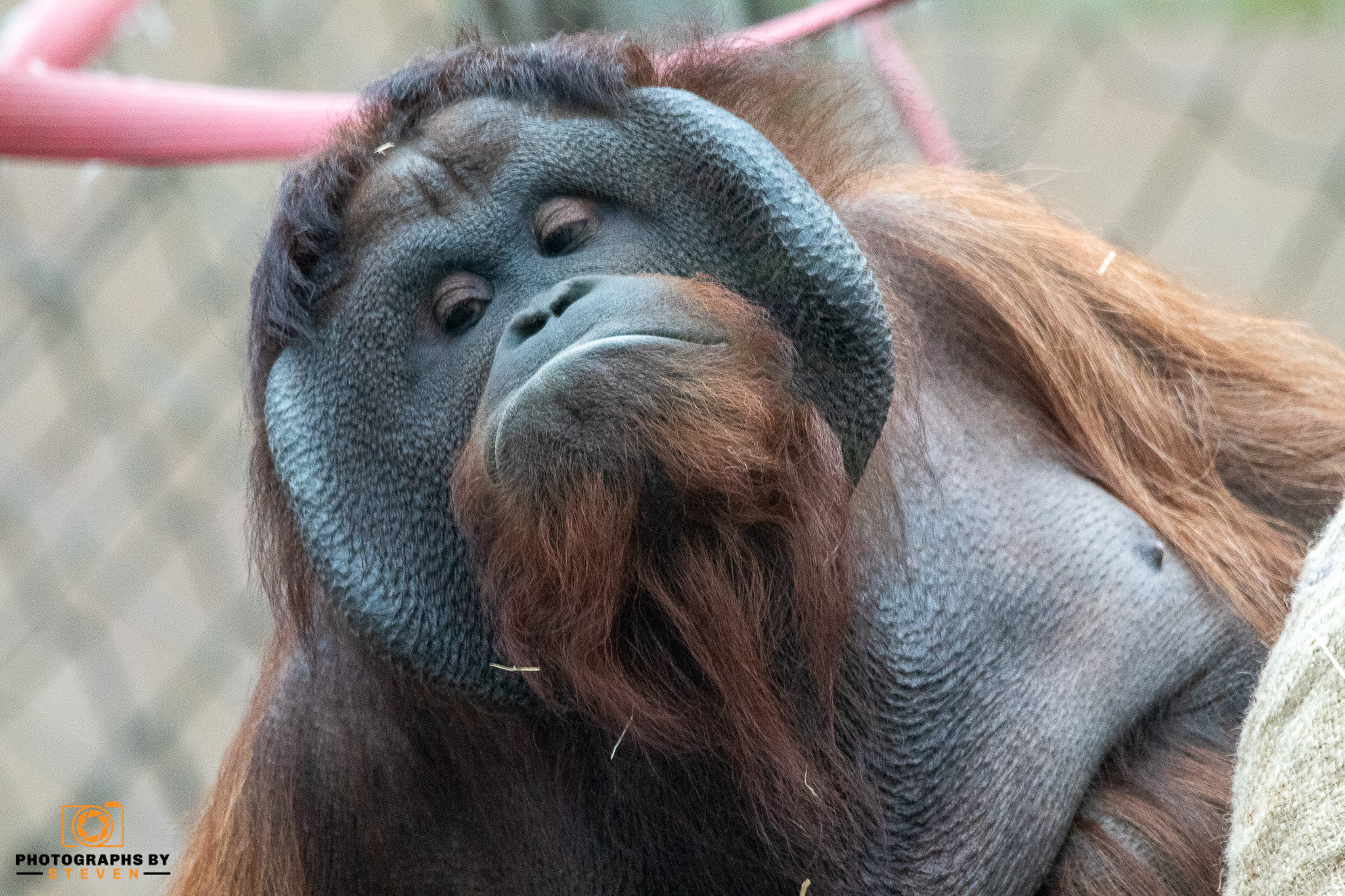A raft is a group of penguins in the water, but a waddle is on land!
Penguins are among the most popular birds on the planet, thanks to their incredible life cycles and endearing tuxedo-clad appearances. Penguins can withstand subzero temperatures and gale-force winds, dive to over 1600 feet, hold their breath for more than 15 minutes, and go for days without nourishment.
Penguins live in oceans and along coasts. They typically inhabit islands and remote continental regions with few land predators, where their inability to fly does not threaten their survival. They are adapted to living at sea, and some species can stay at sea for months. Various species thrive in various climates. The Galápagos penguins live on tropical islands near the equator, whereas the emperor penguins are restricted to Antarctica's pack ice and waters.
The size and weight of penguins vary depending on the species. Their stature ranges from 15 to 3.5 feet. Their sizes range from 2 to 88 pounds. Emperor penguins (Aptenodytes forsteri) are the largest species, standing 45 inches tall. Emperor penguins can reach weights of up to 88 pounds.
The blue penguin (Eudyptula minor), also known as the little penguin, blue penguin, or fairy penguin, is the smallest penguin species. Adults are 10 to 12 inches long and weigh 2.2 to 3.3 pounds, with males being slightly longer and heavier than females.
The penguin seabirds have streamlined, barrel-like bodies that reduce drag while swimming. Their wings have been adapted to form thin, stiff flippers that provide propulsion (moving force). Because of this ability, most penguins can swim to about 20 metres, searching for food, with some venturing as far as 30 metres!
Penguins only consume meat (That is, they are carnivores). Their diet consists of squids, fish, and krill (tiny crustaceans). Because they are primarily carnivorous, they may impede the continuous supply of fish and krill.
While swimming, the penguins' black and white colouring serves as camouflage. The black plumage on their back makes them difficult to detect from above, while the white plumage on their front and belly looks like the sun reflecting off the water's surface (to predators).
When penguins live in enormous colonies, raising their young with multiple parents is advantageous. This behaviour allows the parents to go fishing while also safeguarding the young of the colony from other aggressive adults or predators. Many penguin species will establish creches to aid in the rearing of their young.
Don't let their adorable waddling fool you into thinking a penguin can't do anything on land. Many penguins can travel long distances across different terrains to reach their nests and breeding grounds. Snares penguins walk about 1 km inland through the forest to reach their colony. In contrast, Emperor penguins have been known to shuffle and toboggan up to 100 kilometres to reach their destination.
Penguins are one of the world's most social birds. All penguin species are colonial, which means they dwell in huge groups. Penguins flock to beaches to build massive colonies known as rookeries during the breeding season. Rookeries can stretch hundreds of square kilometres and contain hundreds of thousands of birds. Penguins also communicate and engage in complex courtship and mate recognition rituals. They communicate by vocalising and performing physical activities known as "displays," which they use to express nesting territory and information about mating.



Leave me a comment
Thank you for reading my post, if you want to leave a comment, you can do so below.